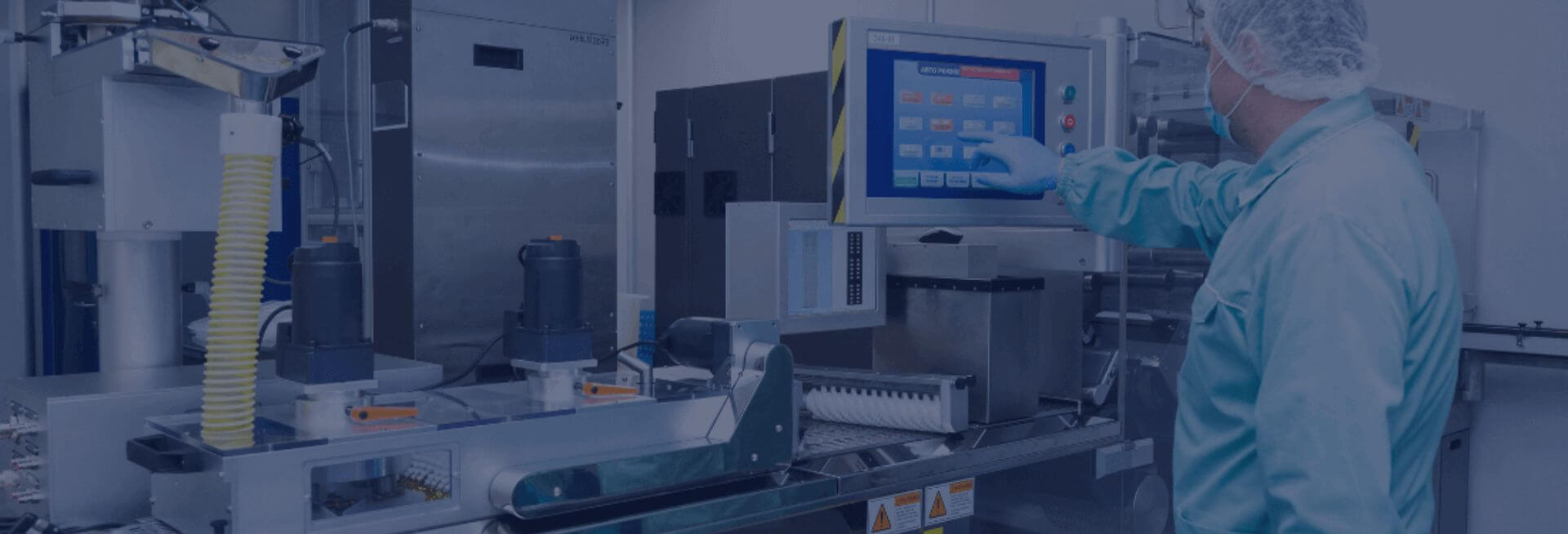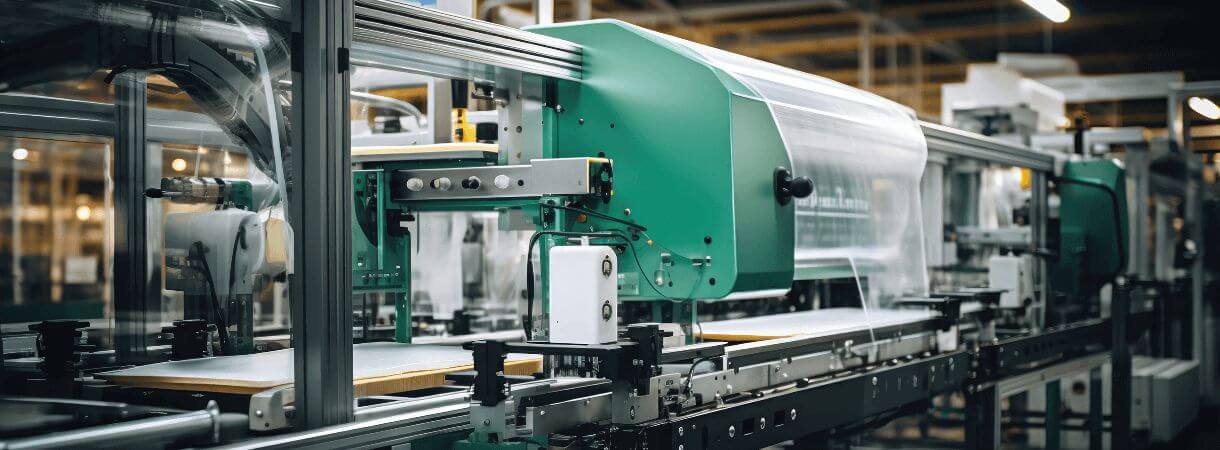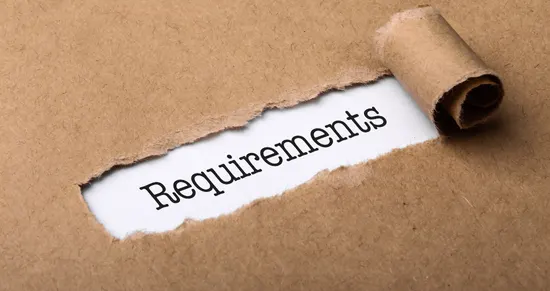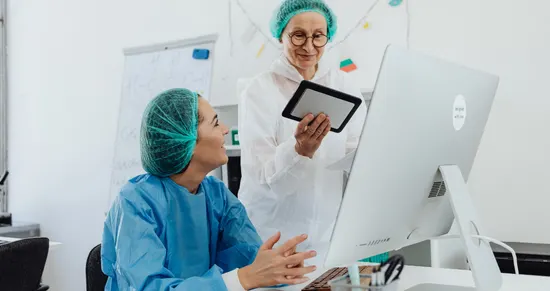Packaging validation is a critical aspect of ensuring the safety and effectiveness of medical devices. It involves a comprehensive evaluation of packaging equipment, materials, and designs, as well as processing variables that impact the ability of a packaged device to meet its acceptance requirements. This process is essential for preserving the sterility of medical devices, protecting their functionality, and ensuring their biological safety.
Why Packaging Validation is Important?
Regulatory requirements and industry standards mandate that medical device packaging materials and systems comply with the ISO 11607 series of standards, specifically for terminally sterilized medical devices. The primary goal is to maintain the sterility of medical devices and safeguard them from physical damage, biological contamination, and external disturbances. Proper packaging validation is crucial to confirm that the materials and methods used for packaging are suitable and meet the necessary requirements.
Validation Objectives for Packaging
Validation objectives for packaging focus on ensuring that packaging systems consistently protect products during storage, transportation, and handling. These objectives aim to confirm that packaging meets medical device regulatory requirements, maintains product integrity, and prevents contamination or damage. Validation also verifies the suitability of packaging materials, seals, and labeling under defined environmental conditions. It ensures reproducibility across production batches and compliance with quality standards. Through testing and documentation, validation provides evidence that packaging processes are reliable and fit for their intended purpose. Ultimately, it safeguards product quality and consumer safety throughout the product’s shelf life and distribution cycle.
The international standards for packaging validation recognized by EU regulation:
- ISO 11607-1:2009 – Addressing packaging materials, sterile barrier system
Types of packaging:
Varieties of packaging materials and methods are available for medical devices. The primary packing material directly contacts the medical devices, while the secondary packing comes into contact with the primary pack, often in the form of a paper or cardboard box. For bulk storage and transportation, a tertiary packing system, such as a carton box, can be utilized. The primary goal of packaging validation is to ensure that the material and method used for the primary packaging of the device are appropriate and meet the necessary packaging requirements. It is essential, for instance, that the packaging material is compatible with the sterilization process.
Packaging Design Requirements
Packaging design requirements ensure that a product’s packaging is functional, safe, and visually appealing while meeting regulatory and logistical needs. The design must protect the product from physical damage, contamination, and environmental factors. It should be user-friendly, tamper-evident, and compatible with manufacturing, storage, and transportation systems. Clear, accurate labeling and compliance with industry standards and legal regulations are essential. The packaging should also reflect the brand identity and appeal to the target market. Sustainability is increasingly important, so materials should be recyclable or eco-friendly where possible. Overall, effective packaging design supports product integrity, usability, and marketability.
MDR Requirements on Packaging Validation:
The Medical Device Regulation (MDR) annex I, which outlines general safety and performance requirements (GSPR), delineates the packaging stipulations for medical devices. These requirements can be succinctly summarized as follows:
- The device must be packaged in a manner that ensures its characteristics and performance are not adversely affected during transport and storage.
- Packaging should be designed to minimize the risk posed by contaminants and residues to patients.
- The package must maintain the sterile condition of the device until it is opened.
- For packaging systems of non-sterile devices, it is imperative to uphold the integrity and cleanliness of the product.
How to conduct the packaging validation:
1. Initiate the Validation Plan The first step in the validation process involves creating a comprehensive validation plan, which should encompass the following elements:
- Allocation of responsibilities
- Description of the materials involved
- Description of the equipment to be utilized
- Detailed explanation of the packaging process
- Description of the sterilization process
2. Execute the Validation Process Validation of packaging equipment is conducted through Installation Qualification (IQ), Operational Qualification (OQ), and Performance Qualification (PQ).
- Installation Qualification (IQ): This phase involves verifying that the equipment has been correctly installed according to the specified requirements.
- Operational Qualification (OQ): This step ensures that the equipment operates within predetermined parameters, such as sealing temperature, speed, and contact pressure. Quality properties are also assessed using appropriate test methods, including checking for intact seals, absence of punctures or tears, no open seals, and no material delamination. Additionally, the sterile barrier system is examined using specific test methods to ensure compliance with quality standards.
- Performance Qualification (PQ): During normal operation, this phase verifies that the process is under control and consistently produces optimally sealed and sterile barrier systems. This is typically confirmed through a seal strength test. Quality properties, such as continuous integrity, absence of punctures or tears, absence of visible damage, and absence of material irregularities, are verified and tested using suitable methods.
3. Document the Packaging Process Validation The packaging process validation report should include:
- Evidence of the validation process, including the results of IQ, OQ, and PQ
- Evaluation of the results
- Formal approval of the validation
- Process control and monitoring measures
- Plans for process changes and re-validation
Test Methods
According to ISO 11607, the specific properties of medical devices and their packaging systems must remain stable during their shelf-life.
Your product packaging can be subjected to various test systems in order to evaluate its stability and performance, aseptic preparation, and microbial barrier properties, as well as the performance of the containing medical device, functionality, and biocompatibility.
In the course of a combined stability and performance packaging validation study, sterilized and final-packed test devices are subjected to both accelerated and real-time aging as well as transport simulation, pursuant to ISTTA and ASTM standards.
The following test systems may be applicable to the packaging system:
- Visual inspection (ATM F11886/F1886M)
- Dye penetration testing (ASTM F1929, ASTM F3039, Ph.Eur. 3.2.9)
- Determination of seal strength (ASTM F88/F88M, EN 868-5 Annex D)
- Peel characteristics and seal width measurement (EN 868-5 Annex E)
- Burst test (ASTM F1140) and bubble test (ASTM F2096)
- Determination of air permeance (ISO 5636-5, ISO 11607-1 Annex C)
- Microbial ranking (ASTM F1608) and testing for germ-proofness (DIN 58953-6)
- Accelerated and real-time aging (ASTM F1980)
- Transport simulation (ASTM D4169, D7386 and ISTA)
- Qualification of packaging materials
- Validation of the forming, sealing and assembly processes of packaging for terminally sterilized medical devices
- Validation of final packaging systems for sterile medical devices
- Evaluation of the shelf-life of the sterile-packed medical device
Process Control and Monitoring During Packaging Validation
Process control and monitoring during packaging validation ensure that all packaging operations consistently meet predefined quality standards. This involves establishing critical control points, setting acceptable limits, and continuously monitoring variables such as sealing temperature, pressure, time, and machine performance. In-process checks, like seal integrity tests, label verification, and visual inspections, help detect deviations early. Data collection and documentation are essential for traceability and regulatory compliance. Real-time monitoring and corrective actions minimize risks of packaging failures, contamination, or mislabeling. Overall, robust process control ensures packaging reliability, product safety, and compliance with Good Manufacturing Practices (GMP) and regulatory requirements.
Process Changes and Re-validation:
- Plan regular re-validation intervals, such as annually, if there are no alterations in materials, sealing processes, or sterilization methods.
- Furnish proof that the packaging process aligns with the initially validated parameters. In the event of any modifications to the process, materials, or sterilization, document the anticipated impact on the packaging process.
- Subsequently, develop an individual re-validation plan based on these findings. For instance, aspects of Operational Qualification (OQ) and Performance Qualification (PQ) may need to be partially or fully repeated.
Regulatory Requirements for Packaging Validation
Regulatory requirements for packaging validation ensure that packaging systems consistently protect product quality, safety, and efficacy. Regulatory bodies like the FDA, EMA, and WHO mandate that packaging processes comply with Good Manufacturing Practices (GMP). Validation must demonstrate that packaging materials are suitable, non-reactive, and capable of maintaining product integrity throughout shelf life. Requirements include documented protocols, risk assessments, test methods, and results confirming performance under specified conditions. Traceability, proper labeling, and tamper evidence are also essential. Compliance with standards such as ISO 11607 for sterile packaging is often required. Meeting these regulations ensures patient safety and market authorization.







